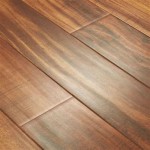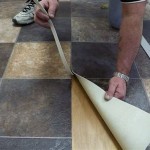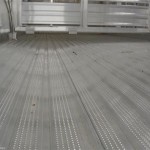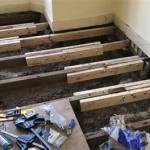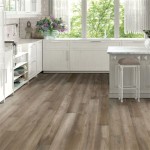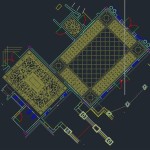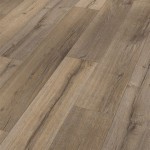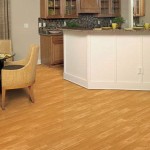Basketball Court Flooring: Essential Aspects for Unrivaled Performance
The flooring of a basketball court plays a pivotal role in ensuring a safe, functional, and visually appealing playing surface. Choosing the right flooring is crucial for optimal player performance, injury prevention, and the overall aesthetics of the court. This comprehensive guide explores the essential aspects of basketball court flooring wood, empowering you to make informed decisions for your court.
Types of Basketball Court Flooring Wood
There are two primary types of wood used for basketball court flooring: hardwood and engineered wood.
- Hardwood: Solid hardwood, typically made from maple, oak, or cherry, offers exceptional durability, stability, and performance. It provides a natural bounce and shock absorption, making it ideal for professional-level play.
- Engineered Wood: Engineered wood is a composite material that combines a top layer of hardwood with multiple layers of cross-laminated plywood. This construction provides dimensional stability and resistance to warping and moisture, making it a suitable option for areas with fluctuating temperature and humidity.
Construction and Installation
Basketball court flooring is typically installed using a floating floor system. This involves laying the flooring panels on a layer of underlayment without attaching them to the subfloor. The panels are then glued or mechanically fastened together to create a stable and unified surface.
The thickness of the flooring panels plays a crucial role in its durability and performance. Thicker panels offer greater resistance to deformation and can withstand the heavy impact of athletic play.
Surface Finish and Maintenance
The surface finish of the flooring is essential for providing grip, durability, and aesthetics. A high-quality finish should provide adequate traction without being abrasive, ensuring optimal player safety and performance.
Regular maintenance is crucial to preserve the longevity and aesthetics of the flooring. Proper cleaning and periodic recoating are essential to protect the surface from wear and tear, spills, and stains.
Safety and Performance
The flooring of a basketball court must meet strict safety standards to prevent injuries. Proper cushioning and shock absorption help reduce the risk of impact-related injuries, while a non-slip surface minimizes the likelihood of falls and slides.
The flooring should also provide optimal bounce and responsiveness to facilitate fluid player movement and enhance the overall performance of the court.
Aesthetics and Customization
In addition to its functional aspects, basketball court flooring can also contribute to the overall aesthetics of the space. The natural grain and color of the wood, combined with the choice of finish, can create a visually appealing and professional-looking court.
Furthermore, the flooring can be customized with logos, team colors, or other designs to enhance the identity and branding of the venue.

Premier Hardwood Court Flooring Professional Floor

Basketball Court Tile Gym Floor Pro 9 16 In X 1x1 Ft

Maple Hardwood Court Cost Calculate Your Project Sports Venue Calculator

Basketball Court Wood Texture S Browse 3 802 Stock Photos Vectors And Adobe

Hardwood Basketball Courts

Wooden Floor Of Basketball Court Stock Photo Adobe

Wooden Floor Basketball Court Stock Photo Torsak 90107206
Basketball Floors Wood Courts For

Maple Hardwood Court Cost Calculate Your Project Sports Venue Calculator
Wooden Basketball Court Wall Mural Murals Your Way
Related Posts

